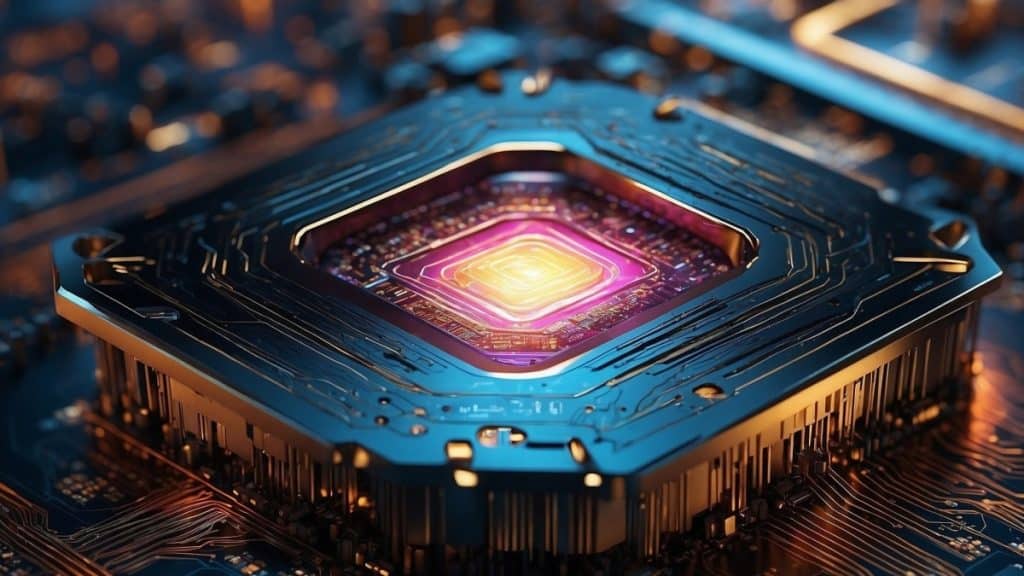AI inference workloads require high-speed processing, memory management, and scalability. Unlike CPUs, which process workloads in a sequential manner, graphics processing units (GPUs) process in parallel, making them highly compatible with neural processing networks and deep learning. To find the best GPU for AI inference, one has to consider factors such as software optimization, memory bandwidth, and core count.
Parallel Processing and Computational Efficiency
Massive parallelism is supported in graphics processing units. Unlike a few high-power CPU cores that process sequential workloads, GPUs accommodate hundreds of low-power CPU cores that process multiple processes in parallel. The structure is highly compatible with tensor computations and matrix multiplications that form AI inference. Such models as convolutional neural networks (CNNs) and transformers employ these to process large quantities of data highly efficiently.
The ability to process multiple calculations in parallel reduces the time taken to process inference workloads. An example is deep learning models that process large quantities of data to process real-time prediction in a short time duration. Such a function is handy in speech recognition, self-driving cars, and financial prediction applications.
Memory Bandwidth and Data Throughput
AI inference workloads to process large quantities of data. Graphics processing units employ high-speed memory architectures such as GDDR6 and High Bandwidth Memory, which provide high data transfer at a high rate. Such architectures enable AI models to load large quantities of data without slowing down.
The challenge in AI inference is to reduce latency when processing large quantities of information. High memory throughput enables GPUs to load and process data quickly, making them highly useful in applications that require real-time processing. Medical imaging systems, for example, employ GPUs to process high-resolution images to detect anomalies accurately.
Energy Efficiency and Scalability
Efficiency is crucial in AI inference. While a CPU will consume a lot of power handling deep learning models, a GPU is optimized to provide energy efficiency through parallel processing. Their parallel architecture offers more computations per watt, reducing the total power consumption. This attribute is quite desirable within data centres and cloud computing environments, where energy efficiency affects costs on an operational level.
Other benefits include scalability. Most AI applications involve several working graphics processing units that provide enhanced processing power. Technologies like NVIDIA NVLink and AMD Infinity Fabric allow the sharing of tasks between GPUs for efficiency in work distribution and performance. Scalability is essential to enterprises which want to deploy AI models at scale.
Software and Framework Optimization
These AI frameworks, such as TensorFlow, PyTorch, and ONNX, are optimized for GPU acceleration. These libraries contain all the necessary tools to maximize performance with CUDA and cuDNN. Developers can apply these technologies to optimize their AI models to run fast and efficiently.
Many organizations, including TRG, are developing better decision-making and automation using GPU-powered AI inference. Graphics processing units can help an organization increase its processing speed and the accuracy of AI-powered applications.
Wide Applications in AI
Graphics processing units are not limited to deep learning. GPUs support a wide variety of AI workloads that include reinforcement learning, generative models, and large-scale simulations. Health care, finance, and robotics use the GPU to build predictive analytics and automation in those industries. Financial institutions deploy fraud detection systems driven by AI on the back of GPUs to check patterns in real time.
Final Thoughts
GPU architecture guarantees unmatched efficiency, scalability, and computational power for AI inference workloads. These advantages over their CPU counterparts result from efficiently handling parallel processing, high memory bandwidth, and optimized frameworks. As new organizations look to enhance the performance and latency of AI-driven applications, they should invest more in GPUs.
